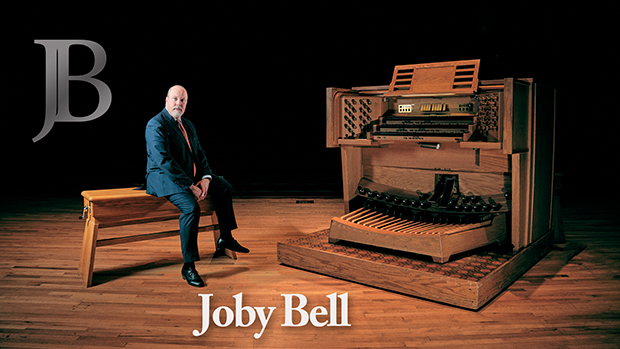It's official
 Sunday, November 10, 2013 at 10:34AM
Sunday, November 10, 2013 at 10:34AM Two things are official this week: 1) Yesterday, I arrived for my third stay at a certain hotel, a record for me for number of stays in the same hotel. 2) I have never worked so hard to register a recital on a two-manual organ.
The hotel in question is the Comfort Suites, Kilgore, Tex., headquarters for the third annual East Texas Pipe Organ Festival, a yearly celebration of the perfect storm which occurred in northeast Texas and northwest Louisiana, courtesy the Aeolian-Skinner Organ Company, its President and Tonal Director G. Donald Harrison, and regional rep/designer/tonal finisher/local boy Roy Perry. The Festival, the brainchild of Lorenz Maycher, is truly an exciting event. Last year, it welcomed its first students (mine). This year, it is welcoming a record number of attendees, plus students from at least three institutions, courtesy scholarships from a benevolent source and from the Festival itself. The Festival continues to grow, and these landmark organs are gaining a wider audience among the people in a position to keep these instruments healthy for generations.
Now, for the aforementioned two-manual organ. It is Aeolian-Skinner Op. 1175 at St. Luke's United Methodist Church, Kilgore. Even if you don't crank up the blower, you can just look at the console and see that it is a "masterpiece in miniature" (a term I frequently steal from Scott Davis of Austin, Tex.). The organ is a large 2-manual, rather than a small 3-manual. But the possibilities are still endless as of Day 2 of practicing. And because those possibilities are endless, I'm burning through even more pistons on this baby than I would on a larger instrument. This organ can do anything, but it has to be configured to do so, piston after piston. I'm having to re-write my entire brain hard drive to accommodate the extra workload in performance, but oh, how rewarding. I'm looking forward to this recital on Wednesday!
Well, that's just the specification of the organ. Let's move on to its voicing. That won't take long, because only an in-person hearing can get the job done with understanding any organ's tonal disposition. I'll just say that this organ had to be perhaps more carefully thought out tonally than others because it is in a low-ceiling room with lots of carpet. That explains the big ol' Contrebasse in the Pedal, the en chamade, and the delicious plethora of 8-foot stops. If I had to complain, I would wish that the 16' Bassoon in the Swell were extended to 8', and that the 8' Gedeckt in the Swell were extended to 16', as duplexed to the Pedal. But who's counting? The organ is a triumph.
You can read more about this organ and the others in the Festival here. My name is Joby Bell, and I approve the message from these organs.
